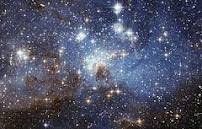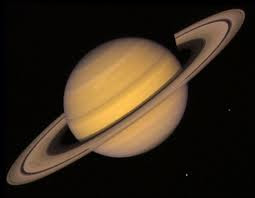- 340,400 kilometers from the earth
- 3476 kilometers in diameter
- Atmosphere-none
- One day lasts 29.5 earth days
- It can be as hot as 100 degrees celcius and as cold as -170 degrees celcius
- Its roughly as wide as Australia
Wednesday 30 November 2011
Moon
Constellations
- In all, 88 constellations have now been named. About half of them can be seen on a clear night. Some such as the Great Bear are very large. Others such as the Southern Cross or the Crux are very small.
- Many constellations, including the Zodiac ones, were named long, long ago after animals and ancient gods and heroes.
- Although from earth they seem to be in a group, individual stars in a constellation may be huge distances apart. Some are much father from earth than others.
Stars
- The oldest stars are 15 billion years old
- The largest stars are red supergiantswhich can be 1000 times bigger than our sun
- The hottest stars are called blue supergiants
- The temperature on there outside is five times hotter than our sun
- The smallest stars are neutron stars, at around 15 km across
Pluto
- 5.9 billion kilometers from sun
- 2200 kilometers in diameter
- 1 moon
- Atmosphere-not known
- One day lasts 6.4 earth days
Neptune
- 4.5 billion kilometers from the sun
- 50,000 kilometers in diameter
- 8 moons
- Atmosphere-methane and other gases
- One day lasts about 18 earth hours
Uranus
- 2.9 billion kilometers from the sun
- 51,000 kilometers in diameter
- 15 moons
- Atmosphere-hydrogen, helium and methane gases
- One day lasts about 17 earth hours
Saturn
- 1.4 billion kilometers from the sun
- 120,00 kilometers in diameter
- 18 moons
- Atmosphere-hydrogen and helium gases
- One day lasts about 10.8 earth hours
Juipter
- 788 million kilometers from the sun
- 142,800 kilometers in diameter
- 16 moons
- Atmosphere-hydrogen and helium gases
- One day lasts 10 earth hours
Mars
- 228 million kilometers from the sun
- 6790 kilometers in diameter
- 2 moons
- Atmosphere-carbon dioxide gas
- One day lasts about 24.5 earth hours
Earth
- 149 million kilometers from the sun
- 12,713 kilometers in diameter
- 1 moon
- Atmosphere- mainly nitrogyen but a bit of oxygen
- 23 hours and 56 minutes for one full day
Venus
- 108 million kilometers away from the sun
- 12,140 kilometers in diameter
- No moons
- Atmosphere- mainly carbon dioxide
- One day lasts 117.4 earth days
Monday 28 November 2011
Mercury
- 58 million kilometers away from the sun
- 4880 kilometers in diameter
- No moons
- No atmosphere
- One day on mercury last 176 earth days
Sunday 27 November 2011
Supernova
- Only happens when big stars die
- Explosion reaches up to 9,000-25,000 miles
- One of the most energetic explosive events
- So bright that it is 100 million times brighter than the sun
- Nova means new in latin
Milky Way
- A swirl of stars
- Latin for milky road
- Got its name from its appearance
- Contains our solar system
- Contains up to 200-600 billion stars
- A barred spiral galaxy 100,000-120,000 light years in diameter
Thursday 24 November 2011
Black Holes
- Form when large stars die
- Space monsters
- Swallows everything that comes close
- Not even light can escape it when it comes to a certian point
- Bottom is called singularity
- Not all stars form black holes
- It is a region of space time
- The event horizon marks the point of no return
Wednesday 23 November 2011
The Sun
- About 150 million km away from the earth
- About 4.6 billion years old
- An average star some stars are brighter and some are dimmer
- Diameter is nearly 1.4 million km - 109 times the earths which means 1 million earths could fit in the sun
Solar Eclipse
- The latest partail eclipse was on last friday 25/11/11
- The next full eclipse will be on November the 13 2012
- Happens when the moon is between the earth and sun
- Either fully or partially blocks the sun
- Only during a new moon
Subscribe to:
Posts (Atom)















